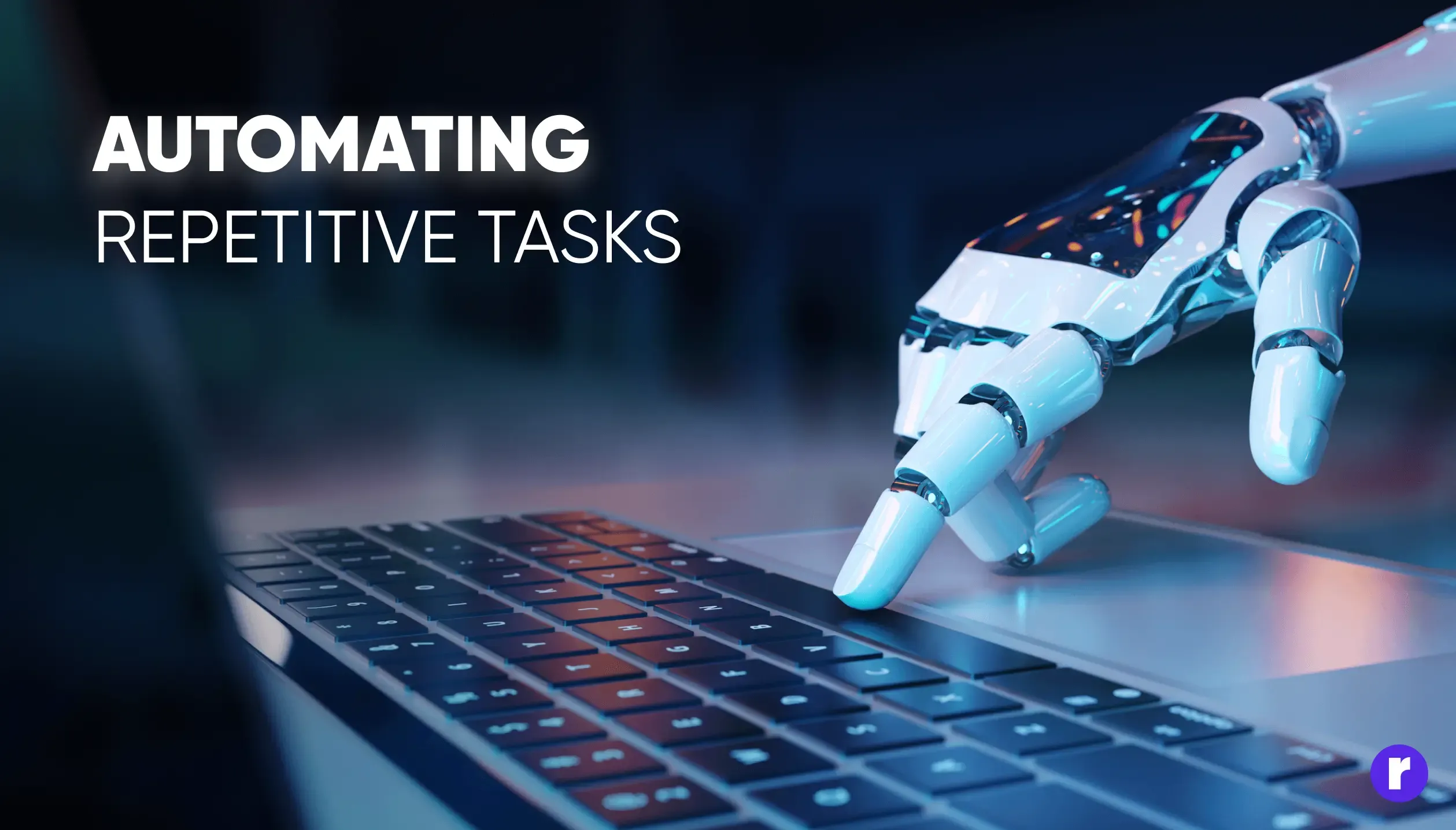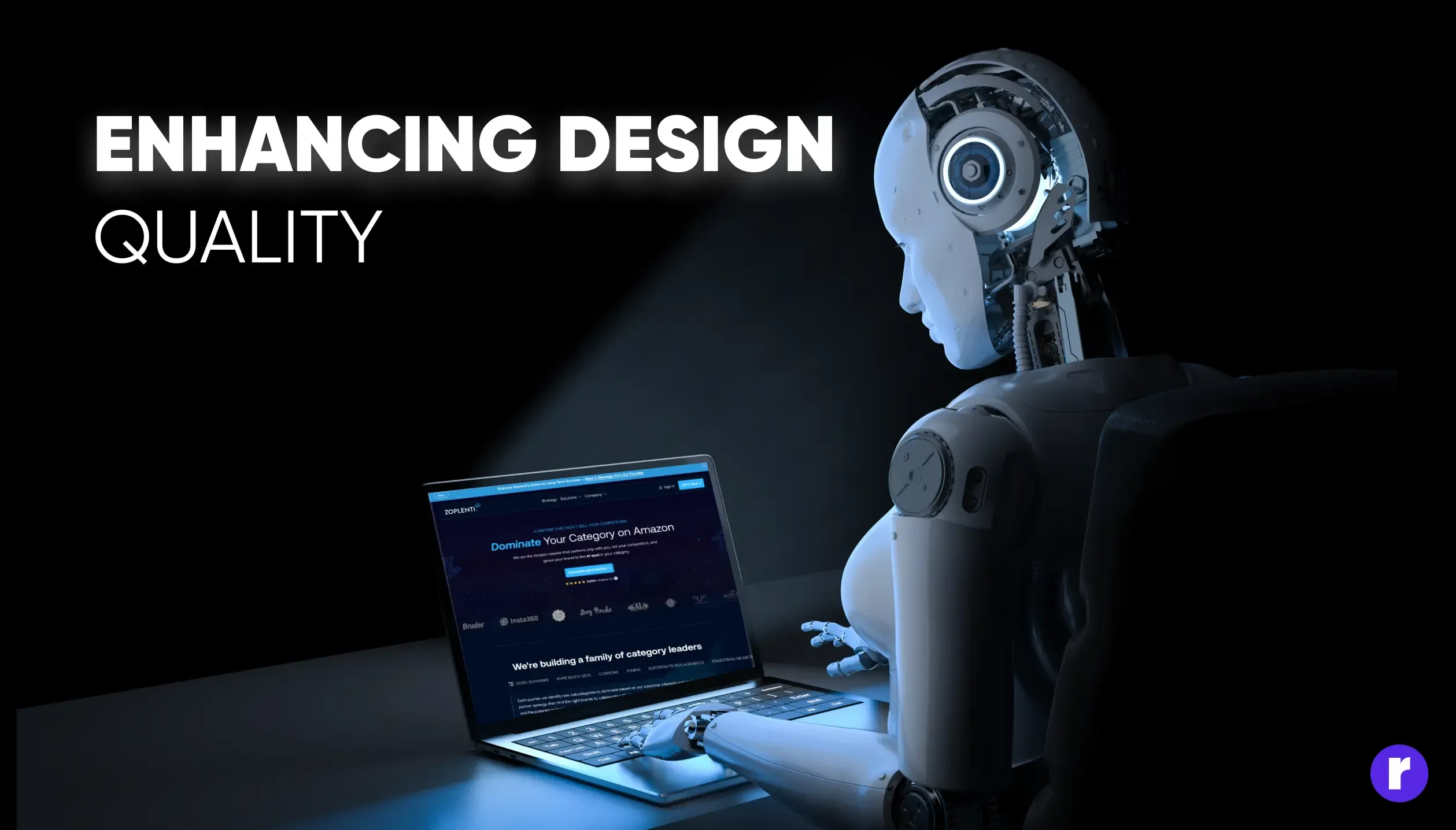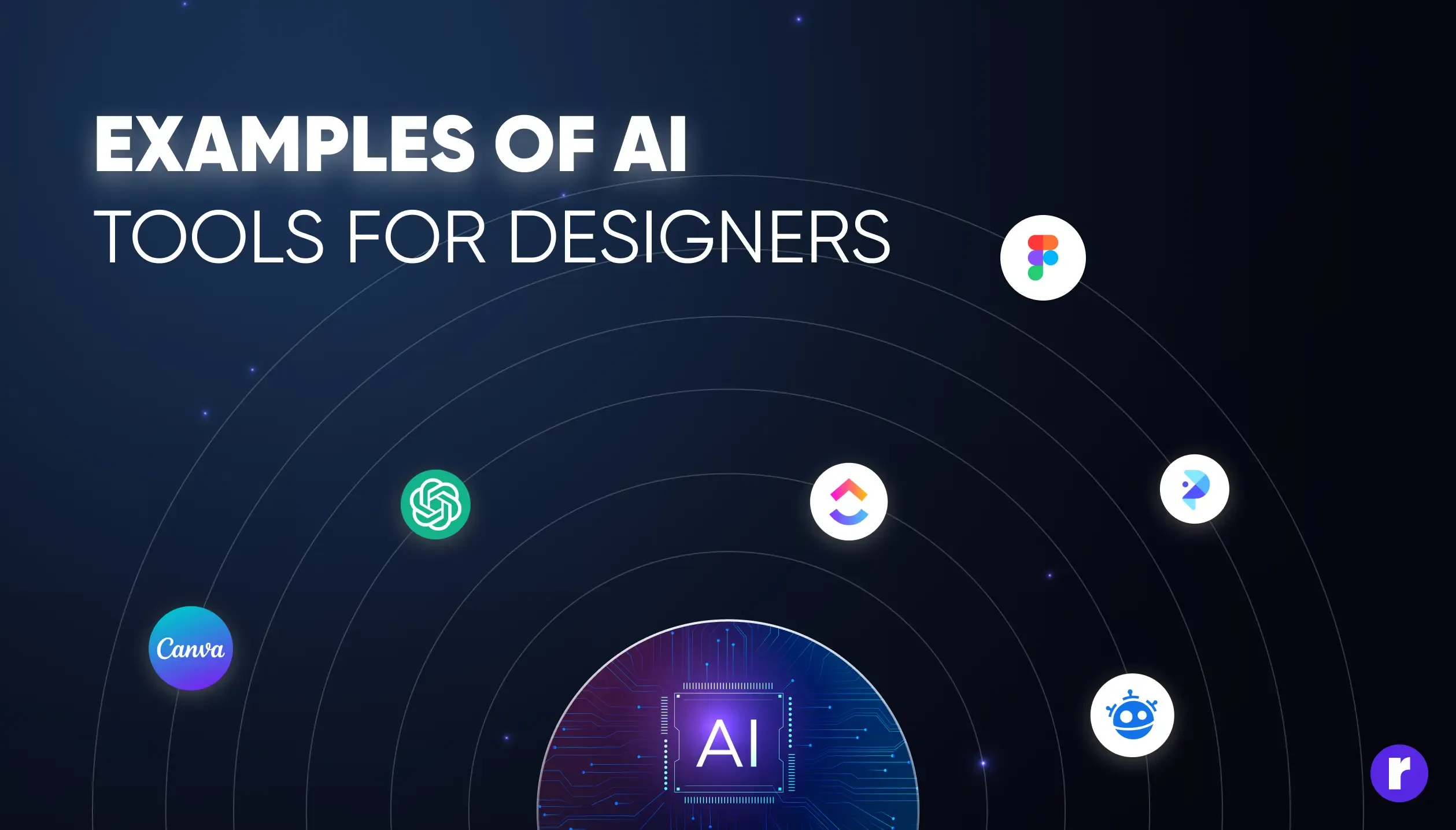How AI Tools are Saving Time for Designers?

Written by
Bhumika Sharma
UI/UX Designer
Sumit Verma
UI/UX Designer
Table of contents
Build with Radial Code
Design is a fast-paced field where time is always a concern. With tight deadlines and the pressure to stay creative, designers are constantly looking for ways to work more efficiently. Thankfully, AI tools are here to help streamline the process, giving designers more time to focus on creativity and strategy. Let’s dive into how AI can make the design process faster and easier.
Automating Repetitive Tasks

As designers, we all know how time-consuming repetitive tasks can be. Things like resizing images, tweaking layouts, or creating different versions of a design can take up a lot of time. Luckily, AI can handle many of these tasks, saving designers hours of work.
- Image Resizing Made Easy: AI tools can automatically resize images to fit different platforms or formats. This eliminates the need to manually adjust sizes, which not only speeds up the process but also ensures consistency across designs. Canva AI resizing tool automatically adjusts images to the correct size for various platforms (e.g. Instagram, Facebook, LinkedIn). This saves you from manually resizing each image to fit different requirements.
- Quick Layout Adjustments: AI can quickly tweak layouts to create balanced, visually appealing compositions. No more spending time adjusting every little detail. Figma’s Auto Layout feature automatically arranges and resizes elements within a frame based on defined spacing and alignment rules. As you add or remove items, it adjusts the layout dynamically without manual intervention.
- Effortless Versioning: If you’re creating multiple versions of a design for different platforms or audiences, AI can generate variations with minimal input. This saves a significant amount of time and helps you stay on track. Artboard Studio offers an AI feature that quickly generates several versions of a design, allowing you to experiment with different creative directions and formats for use in various contexts.
- Fewer Mistakes: By automating routine tasks, AI reduces the chance for human error, ensuring your designs are more accurate and reliable. Stark’s AI tool helps ensure that your designs meet accessibility standards by automatically checking color contrast ratios and text legibility. This minimizes errors and ensures your designs are usable by people with visual impairments.
Finding Inspiration and Design Ideas

At times, finding fresh inspiration for your next project can be a challenge. AI tools can step in here as well, offering suggestions based on the latest design trends, color palettes, and typography styles. These suggestions help you stay up to date while sparking new creative ideas.
- Trend Analysis: Utilize AI tools to analyze current design trends, helping you stay ahead of the curve and incorporate popular styles into your work.
- Design Style Exploration: Explore different design styles with AI tools that can simulate various aesthetics, helping you decide on the best approach for your project.
- Creative Idea Generation: AI can offer creative prompts or ideas based on your initial concepts, sparking new directions and possibilities for your designs.
Artificial Intelligence and Its Growing Impact on UI/UX Design
Enhancing Design Quality

AI tools also play a major role in improving the overall quality of designs. Some tools analyze thousands of design trends and provide feedback to help refine your work. From adjusting layouts to fine-tuning typography, AI can help you create polished, high-quality designs in less time. And when you're working with a short timeline, this can be a real game-changer.
- Personalizing User Experiences: AI analyzes user data to deliver personalized design recommendations. This ensures that designs resonate with target audiences by adapting to their preferences. Netflix uses AI to design personalized thumbnails that encourage viewers to engage with specific content.
- Enhancing Accessibility: AI tools help designers make their work more inclusive by identifying accessibility issues and suggesting improvements. Stark helps designers ensure color contrast ratios and readable text for all users, including those with visual impairments.
- Maintaining Consistency Across Designs: AI-powered design systems enforce branding guidelines, ensuring consistency in colors, fonts, and layouts across multiple projects. Design systems in Figma and Sketch use AI to auto-suggest assets that match brand identity.
Examples of AI Tools for Designers

- Canva AI: Canva’s AI-powered features, such as the Magic Design tool, text-to-image generator, and photo editor, allow you to create stunning designs quickly and efficiently.
- ChatGPT: ChatGPT can help with brainstorming ideas, generating copy for your designs, or even offering suggestions for improvement. It’s like having a design assistant ready to lend a hand whenever you need it.
- ClickUp AI: ClickUp AI is a great tool for managing tasks, prioritizing projects, and brainstorming ideas. It helps you stay organized and focused, making it easier to meet deadlines.
- PicWish AI: Picwish AI specializes in tasks like background removal, image upscaling, and object removal, making photo editing quick and efficient.
- Freepik AI: Freepik AI offers AI-powered design suggestions, template customization, and intelligent asset recommendations, helping designers find the perfect resources faster and streamline their creative process.
- Figma AI: Figma AI powered features, such as Smart Resize and Auto Layout, help designers quickly adapt designs to different screen sizes and create responsive layouts. AI also helps generate design variations and automates tasks like aligning and distributing elements.
You can also integrate AI tools into your design workflow. Visit our website
Conclusion
AI tools are transforming the way designers work, making the design process faster, more efficient, and more focused on creativity. By automating repetitive tasks, generating design suggestions, and improving quality, AI frees up time for the more exciting parts of the job. If you’re not already using AI tools in your workflow, now is the time to explore how they can help you work smarter and stay ahead of design trends.
